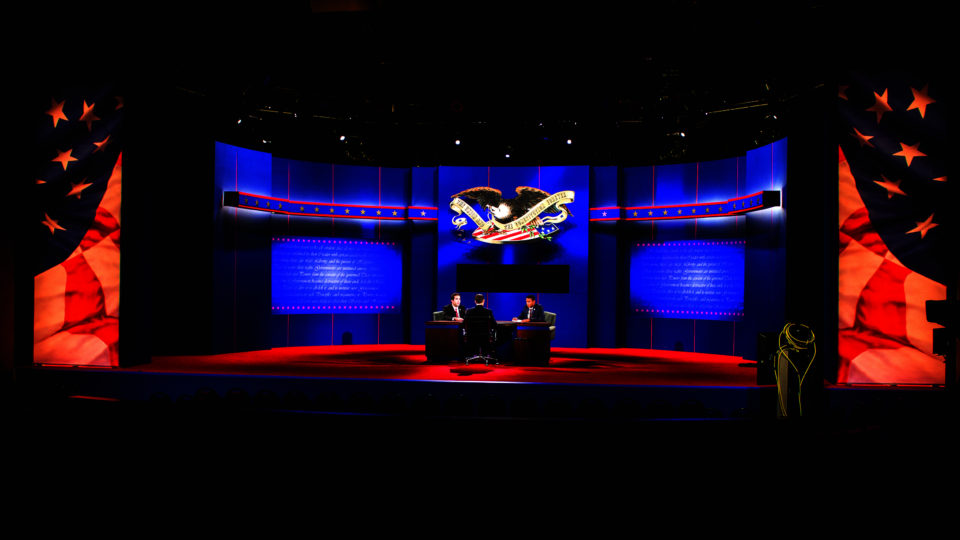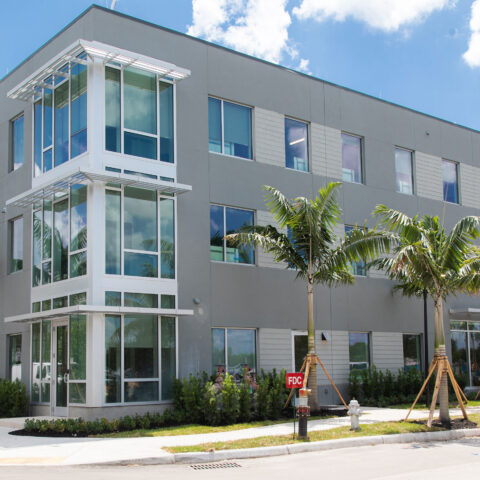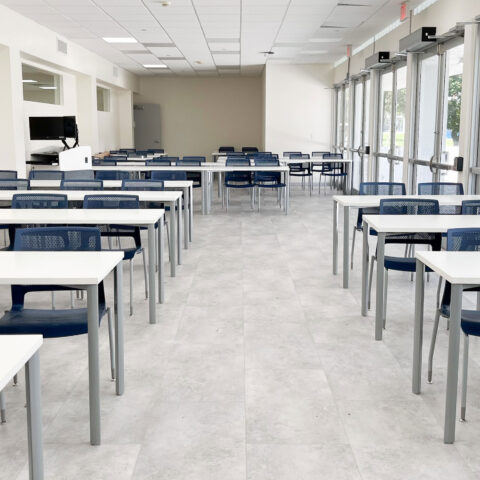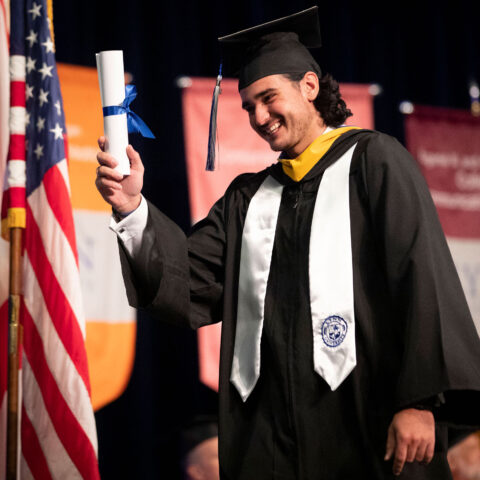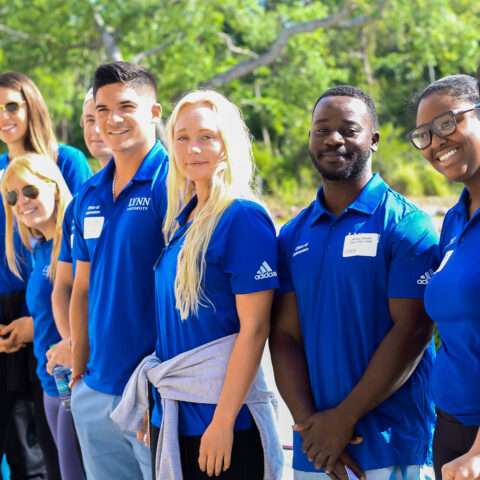According to a study commissioned by Lynn University, the final presidential debate hosted by the school on Oct. 22, produced $13.1 million in immediate economic impact for the Palm Beach County economy, including approximately $1.7 million in elevated spending by local residents, increased bed taxes by 22 percent and obtained more than $63 million in publicity value for Lynn and the community, including more than $50 million for the City of Boca Raton.
$13.1 million Impact
The Lynn debate garnered $13.1 million in immediate economic impact. This conservative estimate is calculated using three main data points.
- Facility and operational spending was just over $4.5 million. This includes the nearly $3 million spent locally by Lynn and more than $1.5 million in donations to Lynn. The majority of money spent in this category, $2.2 million, was used to develop the technology needed to host the debate.
- Delegate and media spending was nearly $3 million. This category includes media as well as the various other groups of individuals credentialed to participate in the debate. The 4,060 media that were in the area for the debate spent an estimated $2,662,000. Lodging represented a large amount of this spending at an estimated $655,000.
- Ancillary events such as Spin the Vote in Delray Beach and Rock the Vote in Boca Raton brought out an estimated 13,000 people: 3,190 were non-local and 9,810 were local residents who spent just over an estimated $1.7 million at these events—showing strong local interest in the event.
Tax revenue and elevated spending by local residents were two numbers that help show impact, but were not included in the total economic impact number. The event brought in an estimated $1.4 million in tax revenue, including a bed tax increase of 22 percent over October 2011, as reported in by The Palm Beach Post.
The Tourism Legacy Effect for large public events may be far greater than the initial economic impact. It is based on a national telephone survey that rated how much people wanted to visit the area after watching the debate. The survey results estimate that 4.7 million U.S. adults "absolutely" want to visit the area in the next five years after watching the debate. This interest in our area created by the intense national attention on the community will generate benefits that cannot be fully measured at this time.
Media attention
The event brought massive media attention to Lynn and the community. Media monitoring data showed the debate produced the following:
- 33,208 total news stories
- $63,724,378 in publicity value
- 503,075,159 total news circulation/viewership
- Boca Raton media mentions were worth $50,470,622 with total news circulation of 348,395,606. This high value is due to the fact that Boca Raton was probably mentioned nearly as much as Lynn University in the story datelines.
- Although harder to track, the media monitoring services estimated the international media published 1,985 stories about the debate.
- The event also produced unprecedented amount of social media and web traffic.
Viewership numbers
A presidential debate is one of the most nationally viewed events that a community can host. At an estimated 59.2 million viewers, it ranks only behind a Super Bowl and the Olympics in terms of viewership. Each of the presidential debates and the vice-presidential debate obtained more viewers than the 2012 national political party conventions and easily eclipsed viewership of other types of televised 2012 election debates such as the numerous Republican Primary debates.
The data in Lynn's study provided by Nielsen show that the final presidential debate obtained a healthy viewership:
- More viewers than ever tuned into Fox News, even more than for the final 2008 debate between McCain and Obama.
- More people tuned into Lynn's debate than President Obama's announcement that Osama Bin Laden had been killed (56 million tuned in that night).
- An estimated 59.2 million viewers watched the debate, despite it being up against Monday Night Football, a National League Championship Series game, and being the final of three debates between the candidates.
- Results of a national telephone survey estimated that 99.9 million people knew that the debate took place at Lynn or knew it took place in Boca Raton or Palm Beach County.
Qualitative benefits
On-site surveys performed at debate-related events found that 86 percent of those surveyed agreed that the final presidential debate brought positive attention to Palm Beach County and 89 percent felt that the county should host more events like the debate.
Additionally, the debate was a community-wide effort that brought together a wide variety of organizations, including local cities, law enforcement, many local businesses (including the 208 that became Debate Small Business Partners), arts and cultural organizations, as well as large national organizations such as AARP, AT&T, Google and Twitter, the United States Secret Service and national media organizations. The coordination and relationships built among these organizations may produce yet unknown additional benefits.
Lynn University's sharing of its K-12 debate-related curriculum produced some of the most impressive non-economic results with 14,775 people using the materials and assuming many of them were teachers, the true number of students exposed to the material is probably much greater.
Additionally, Lynn worked with Palm Beach County schools to roll out this material and to make the debate a "teachable moment" in our local schools. The university also leveraged the debate to create several internal benefits for students, faculty and staff. The school rolled out more than 80-debate related classes (including trips to the RNC and DNC conventions), created a political memorabilia exhibit in its library and offered a large number of campus events and other programing for the whole Lynn community.
The university's Office of Institutional Research, Planning & Assessment worked with several organizations to obtain the data presented in the study including Nielsen, the Palm Beach County Convention and Visitors Bureau, Enigma Research Corporation and two media monitoring services.
The study is extensive but conservative and does not include data that would likely increase the total amount of benefit provided by the debate. For example, it focuses on Palm Beach County and does not track debate-related economic activity in Martin, Broward or Miami-Dade counties—all three probably enjoyed different levels of economic benefits. Many economic impact studies include publicity value and tax revenue in their estimation of positive economic activity, but Lynn's study counts this separately to ensure an accurate estimation of actual economic activity generated by the presidential debate.
